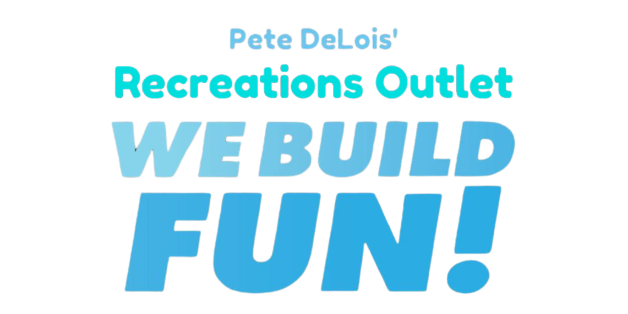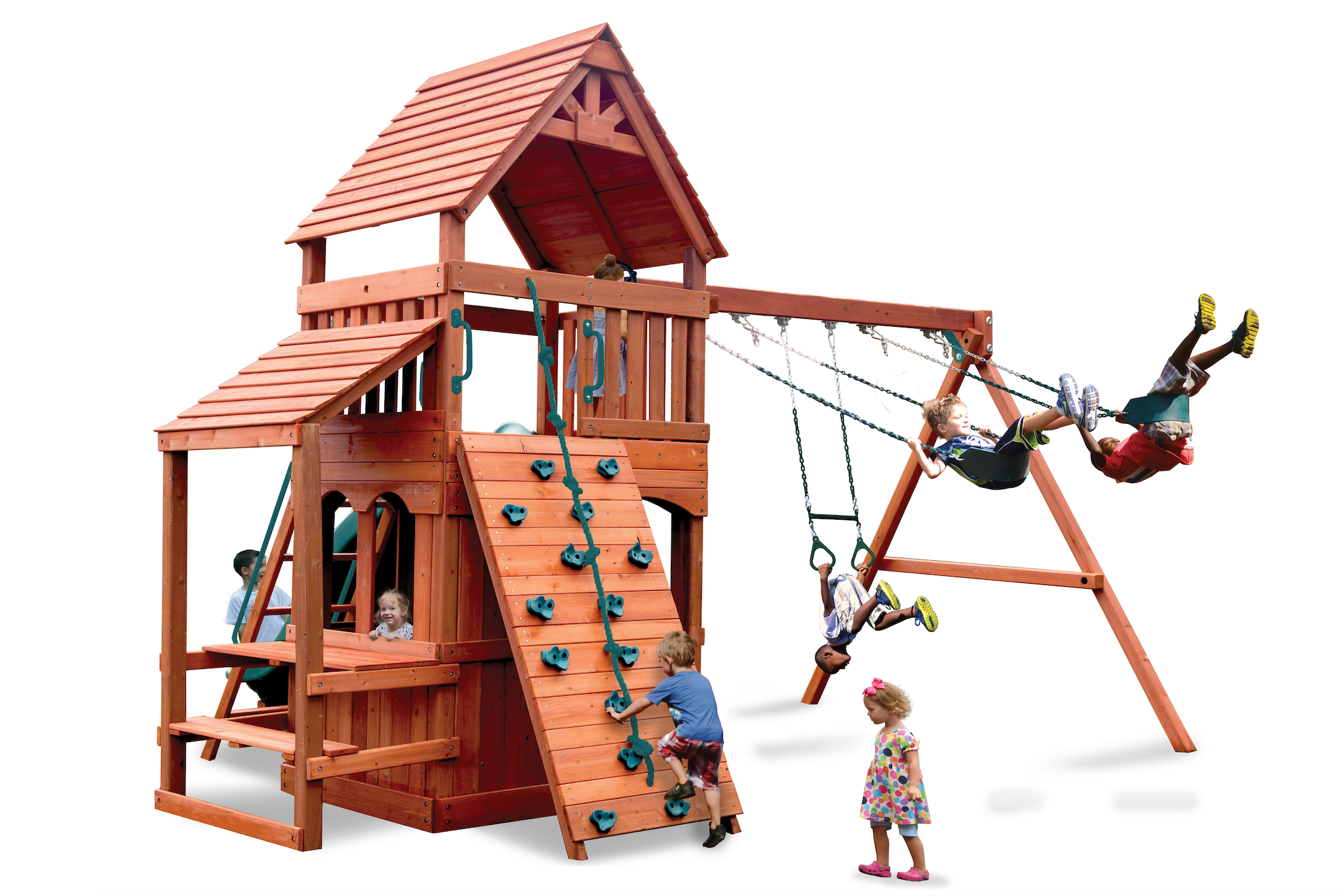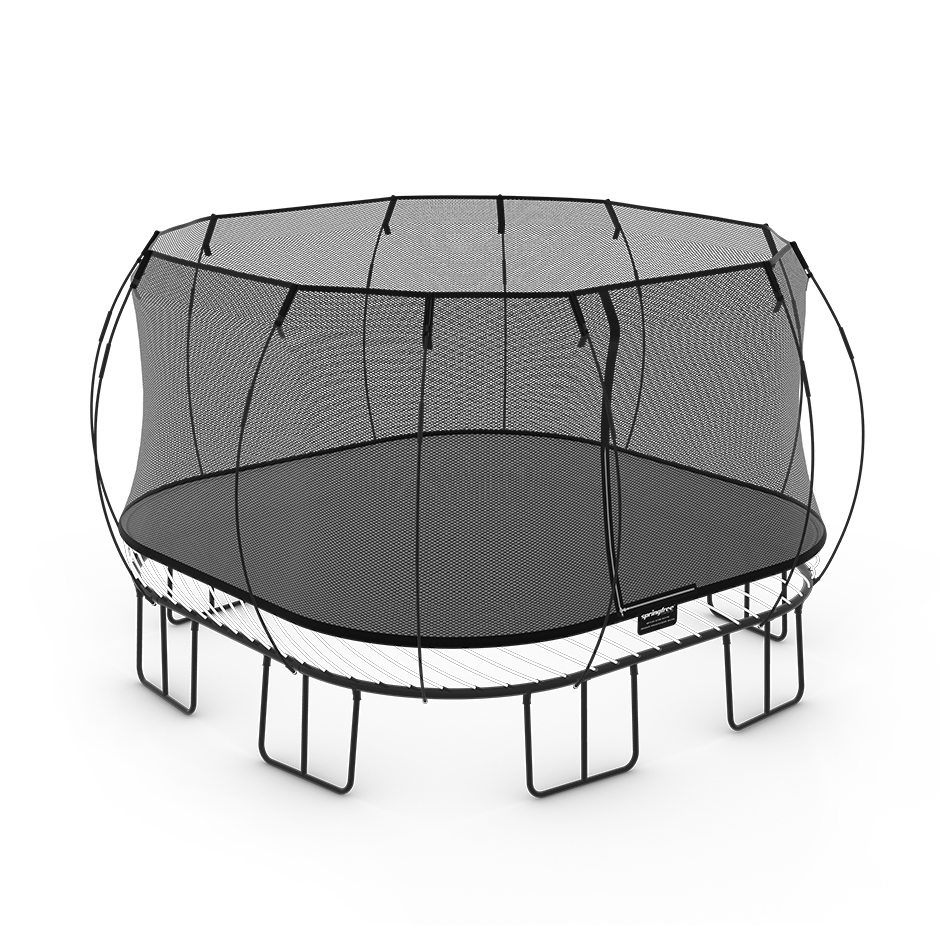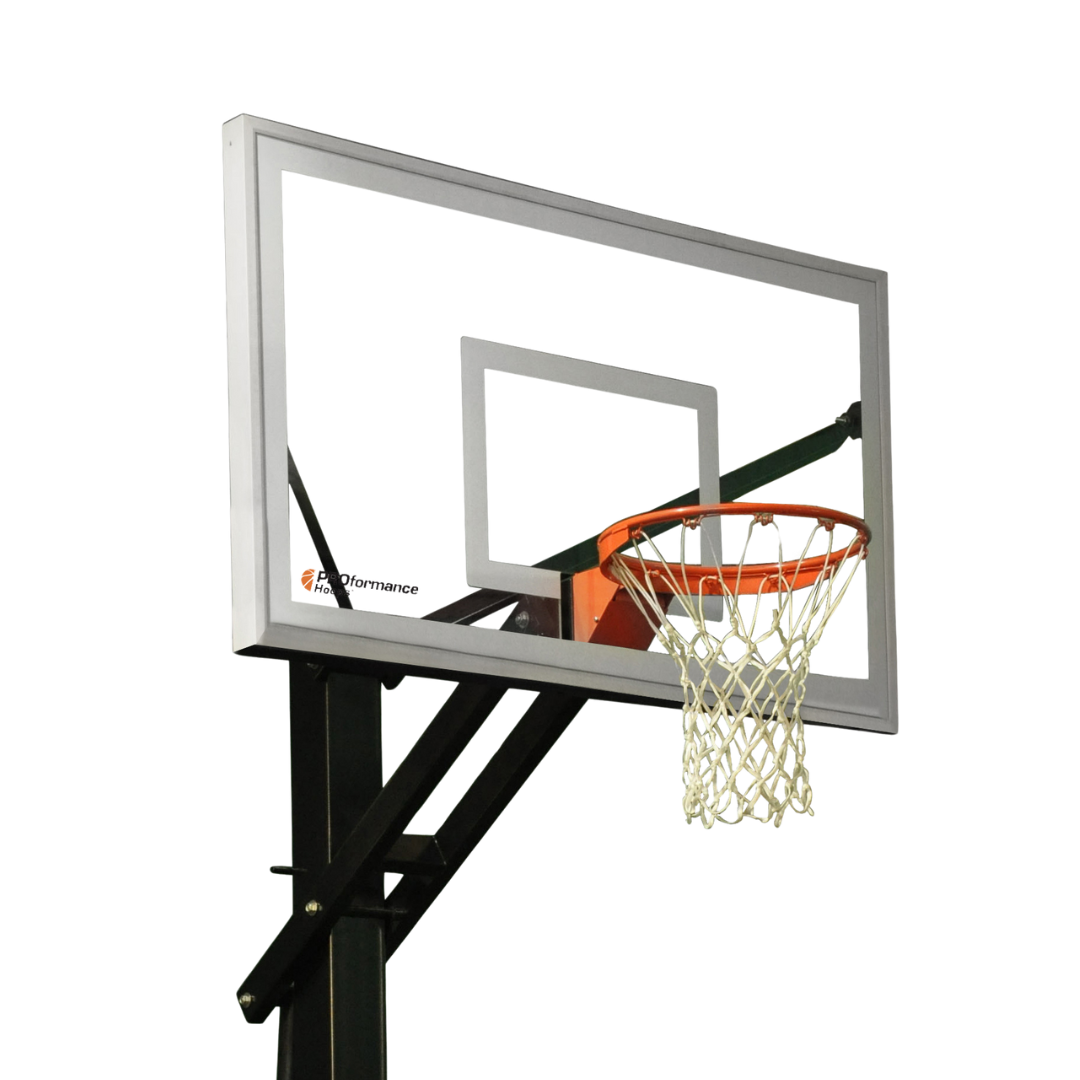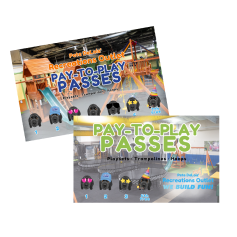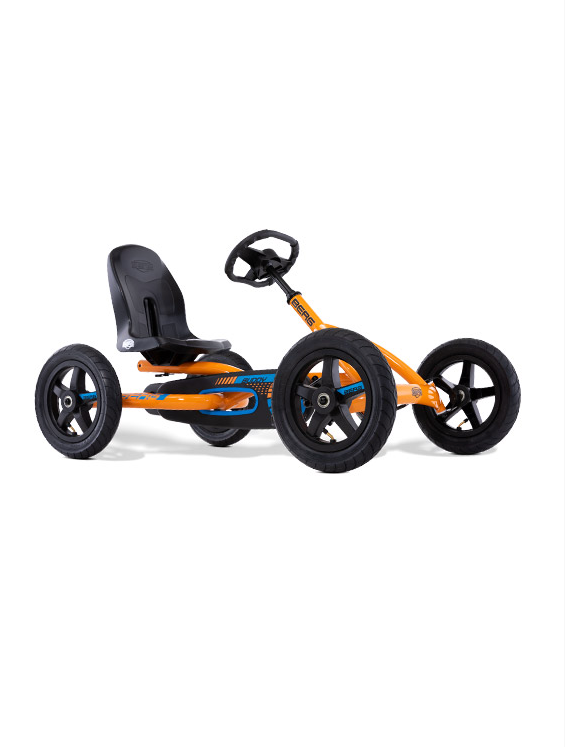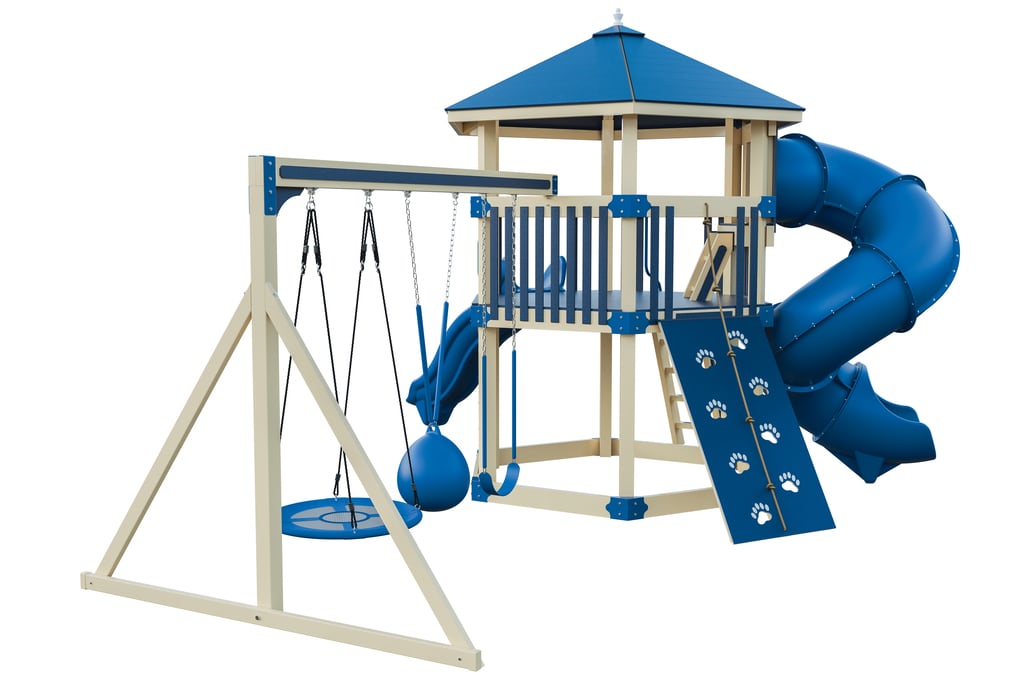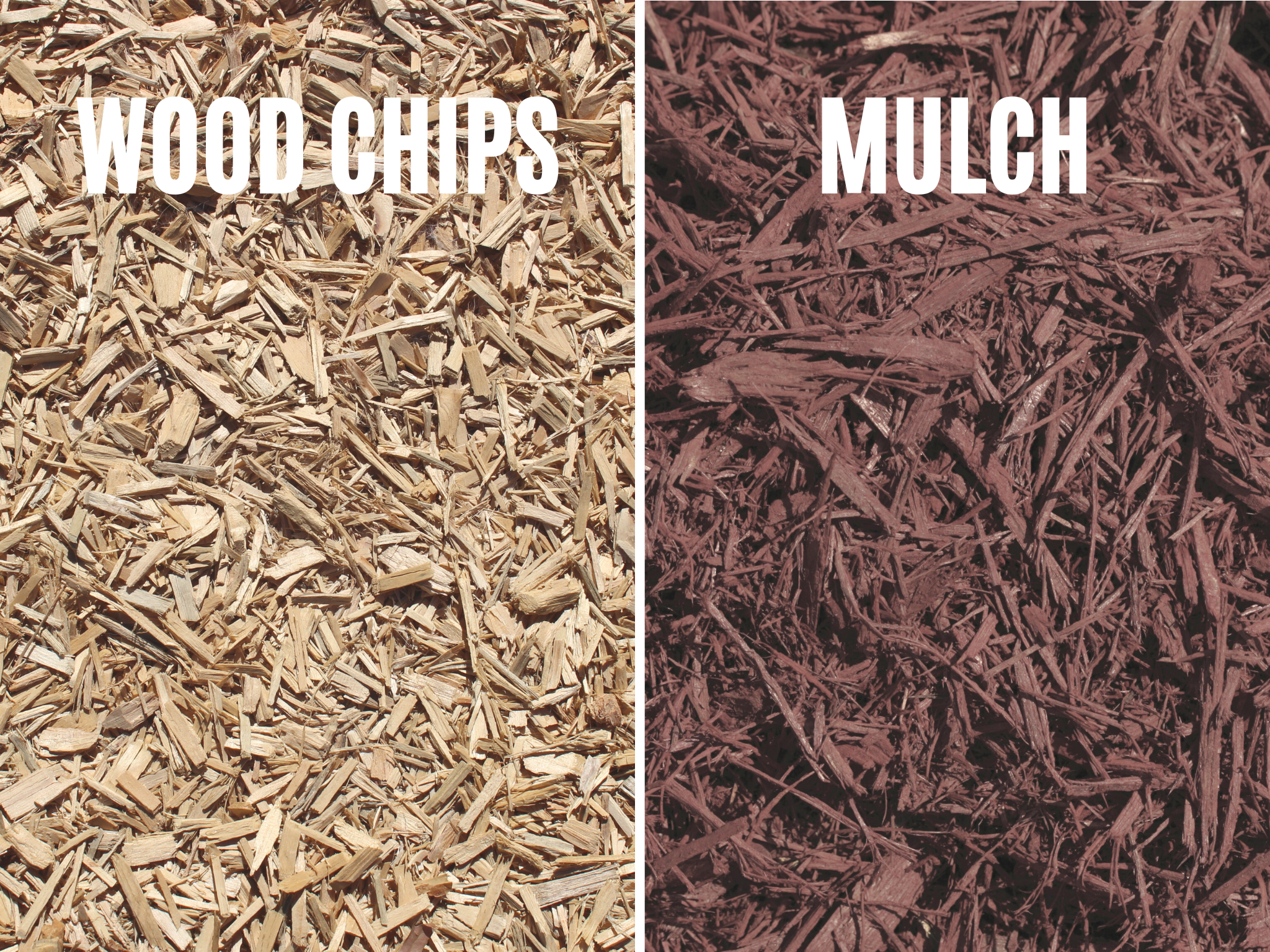
Wood Chips vs Mulch for Playground: Which Surface Is Safer for Kids?
The ground under a playset or swing set matters more than most people think. A good playground surface makes play safer by softening the impact of a fall, and it also helps keep the area neat and easier to care for.
When parents and schools start looking into options, the question often becomes wood chips vs mulch for playground use. Both are popular, but they’re not the only choices.
Some families still go with rubber mulch, while others try out pea gravel or even sand. With so many choices, it helps to look at what each surface does best.
Here are some of the playground surfacing options you’ll often encounter.
Playground Wood Chips

When people think about a simple playground surface, wood chips usually come to mind first. They’re easy to find, budget-friendly, and give a play area a natural look that blends right into the yard.
The nice thing about playground wood chips is that they do a good job softening falls. A thick layer gives decent impact absorption, which makes them a safe choice under a swing set or residential playsets.
Of course, they’re not perfect. Over time, the chips break down and get compacted, so you’ll need to top them off to keep the right depth. You might also see a few weeds poke through, and there’s always the chance of the occasional splinter.
For many families, though, the low cost makes playground chips an easy way to get started. They’re often the first step when building a safe backyard playground before moving on to other surfaces.
Playground Mulch

Another common choice is playground mulch, which is different from regular landscape mulch. The type designed for playgrounds is often called engineered wood fiber. It’s made without bark, twigs, or other foreign materials, so the surface is cleaner and safer for kids.
One of the biggest advantages of engineered wood fiber is that it can meet ADA requirements. This makes it easier for a wheelchair to roll across and gives more access for all children. It also provides good impact absorption, making falls less serious.
Like wood mulch, this material will still break down over time, so it requires regular maintenance and topping up to keep the right depth. It’s usually a little more expensive than basic playground chips, but many schools and commercial playgrounds use it because it balances safety and long-term use.
Rubber Mulch
Another option is rubber mulch. Made from shredded tires, it’s one of the most durable playground surfacing options available. Unlike wood mulch or playground chips, rubber doesn’t easily break down, so it requires less regular maintenance over time.
The biggest advantage is impact absorption. A thick layer of rubber playground surfaces creates a soft, springy surface that helps protect kids from a fall. It also avoids problems like bugs, mold, and weeds, which makes it a cleaner choice compared to natural wood.
Many companies sell different kinds of rubber mulch, and not every product is the same. The type you choose can affect comfort, safety, and coverage.
As the chart shows, our shredded rubber mulch is softer, provides more coverage, and is easier to walk on compared to crumbed or tire chunks. This makes it the safer and more practical choice for both backyards and park playgrounds. We also offer it in black and brown, giving you a natural look that blends well with different outdoor spaces.
Rubber mulch does come with a few challenges. The upfront cost is higher, and because rubber holds heat, the surface can get hot on sunny days. Still, if you want something long-lasting and low-maintenance, shredded rubber mulch is one of the best options for large playground projects.
Other Playground Surfacing Options
While most families focus on wood chips, playground mulch, or rubber mulch, there are a few other options you might see in backyards and community spaces. These are still considered loose-fill materials, but they each come with their own pros and cons.
Pea Gravel
Pea gravel is made up of small rounded stones, about the size of peas. It drains water well and helps control weeds, making it a tidy choice for some yards. The challenge is that gravel often gets scattered by kids and pets, and it can feel sharp or slippery underfoot. It’s not the best surface for younger children or for spaces that need ADA access, since wheels can sink into the stones.
Sand
Sand is another classic option. It’s inexpensive, easy to install, and soft enough to cushion a fall. The downsides are its high maintenance and the way it attracts animals that may use it as a litter box. Sand also gets hot in direct sun and can blow around, creating dust in dry conditions. If you’re deciding between sand and other playground surfacing options, you may want to read more about choosing the best playground equipment, since the type of equipment you install often determines what surface works best.
Grass or Natural Yard
Some families simply use grass or a natural yard as a playground surface. It’s budget-friendly and looks nice, but keeping it trimmed around playground equipment can be a hassle. Grass also wears down quickly in high-traffic areas, which can lead to bare patches of soil. While it may work as a temporary solution, most projects eventually add a safer material like mulch or chips to reduce regular maintenance.
Comparing Wood Chips, Mulch and Rubber Mulch
Choosing the best surface for a play area depends on safety, cost, and how much maintenance you’re willing to do. Here’s a simple side-by-side look at the main options:
|
Surface Type |
Benefits |
Things to Consider |
|
Playground Wood Chips |
Natural look, affordable, soft for falls, widely available |
Needs regular maintenance, can attract weeds and foreign materials like twigs or sticks, may produce splinters |
|
Rubber Mulch |
Long-lasting, excellent for fall safety, resists heat, stays in place, ADA-friendly for wheelchair access |
Higher upfront cost, holds heat |
|
Engineered Wood Fiber (EWF) |
Designed for playground equipment use, tested for ASTM standards, safer than basic mulch |
Needs correct depth and compacting to maintain safety rating |
|
Pea Gravel or Sand |
Low-cost, good drainage, kids love digging and playing |
Not ideal for swing sets, can scatter outside the play area, harder for ADA compliance |
Rubber Mulch vs. Wood Chips for Playground Use in Ohio
Deciding between wood chips vs mulch for playground spaces comes down to safety, cost, and what works best for your yard. Both options create a softer playground surface that helps protect kids during falls, but they perform differently.
But don’t worry—when you purchase a backyard playset, we also provide professional installation and surfacing. We’ll take care of placing the material at the right depth, securing the bolts, and making sure everything is safe from the ground up. That way, you can feel confident that your kids are playing on a surface designed to absorb impact and protect them during falls.
Visit us in our Powell showroom or Milford showroom to see playground equipment and rubber mulch on display. That way, you can get a feel for the options before choosing the surface that best balances safety, comfort, and budget.
FAQs: Mulch or Wood Chips for Playground
What is the difference between playground mulch and wood chips?
Playground mulch is processed to remove bark, twigs, and other foreign materials, making it cleaner and safer for kids. Playground wood chips are simply shredded wood pieces and may include bark or sticks. Both can work as a playground surface, but rubber mulch is often paired with playsets since it cushions falls well. Keeping up with regular safety checks helps maintain that protection over time.
How long do wood chips last as mulch?
Wood chips usually last about 2 to 3 years before breaking down into soil. Rain, heat, and play can cause them to wear faster, so occasional top-ups are needed. Families often add fresh material along with playset accessories to keep the area safe and fun.
Is wood chips or mulch cheaper?
Regular wood chips are generally cheaper than certified playground mulch. Mulch may cost more upfront, but it’s processed to be safer and may require less frequent replacement. For many families, wood chips are the budget-friendly choice.
Will wood chips break down into soil?
Yes, wood chips naturally decompose over time and eventually turn into soil. This is why they need to be refilled every couple of years to maintain the right depth for safety. Their ability to break down also makes them an eco-friendly playground surfacing option.
